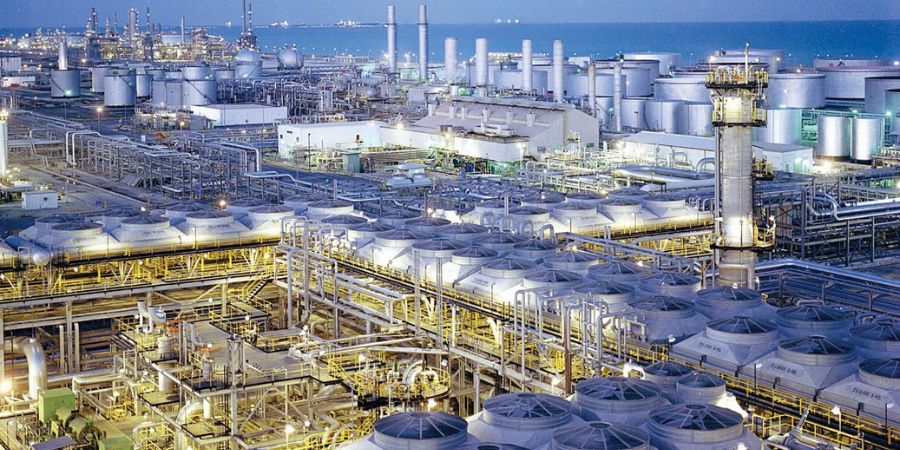The national oil company of Saudi Arabia, Aramco, is set to stir controversy among environmental advocates with its latest dividend payout. Despite a dip in annual profits from the preceding year’s record highs, Aramco has announced dividends close to $100 billion (£77 billion) for its shareholders. The company, primarily owned by the Saudi government with an 82% stake, has reported a 30% increase in shareholder payouts, totaling $97.8 billion for 2023.
This substantial dividend payout comes amid a nearly 25% reduction in profits to $121.3 billion, attributed to lower oil prices and sales compared to the previous year. However, Aramco’s profits for the year still mark the second highest ever reported by the company, only behind its historic $161.1 billion profit in 2022 – the largest ever by an oil or gas firm. The 2022 peak was largely driven by soaring oil prices following Russia’s invasion of Ukraine, which significantly affected global supply.
The price of Brent crude oil, a global benchmark, fell from a mid-2022 high of around $120 per barrel to as low as $67, but has since stabilized at approximately $82 per barrel despite geopolitical tensions in the Middle East.
The significant dividends announced by Aramco are expected to draw criticism from activists who have already condemned the excessive profits and executive bonuses within the energy sector, especially in light of the ongoing cost-of-living crisis. The recent revelation of the new BP CEO’s £8 million salary was met with outrage.
Other leading global oil companies may follow in Aramco’s footsteps, with an analysis by the Institute for Energy Economics and Financial Analysis (IEEFA) in January suggesting that dividends from the top five oil giants—BP, Shell, Chevron, ExxonMobil, and TotalEnergies—could exceed the $104 billion paid out last year.
Aramco has also announced a 9% increase in its performance-related dividend for the fourth quarter of 2023, reaching $43.1 billion, up from a base dividend of $20.3 billion in the previous year. The company is ramping up its capital expenditure, having spent $49.7 billion in 2023, up from $38.8 billion in 2022, and plans to invest between $48 and $58 billion this year, with a portion allocated to diversifying beyond oil.




